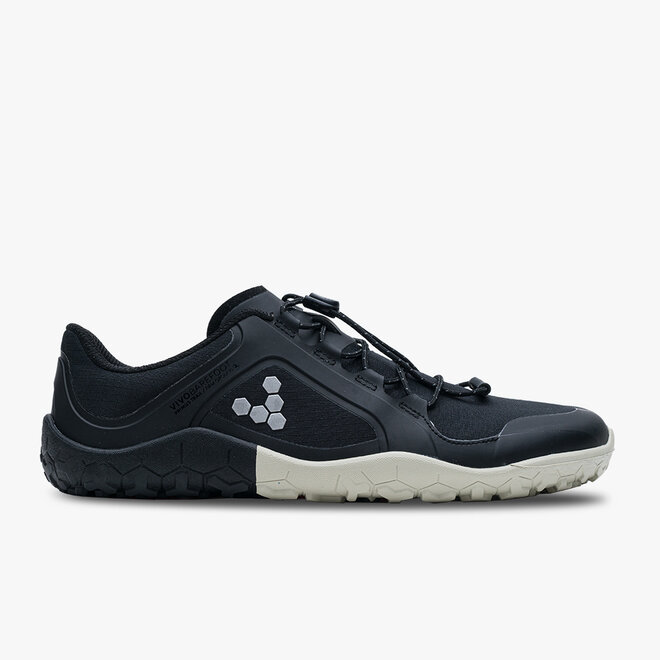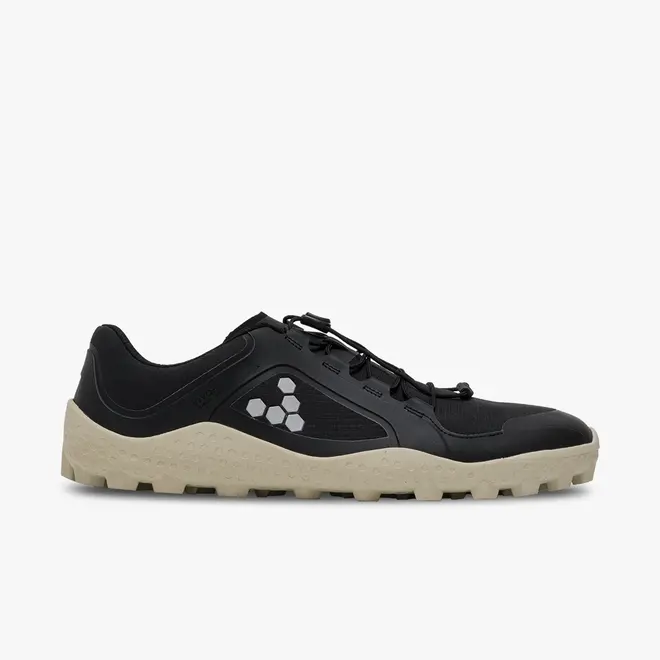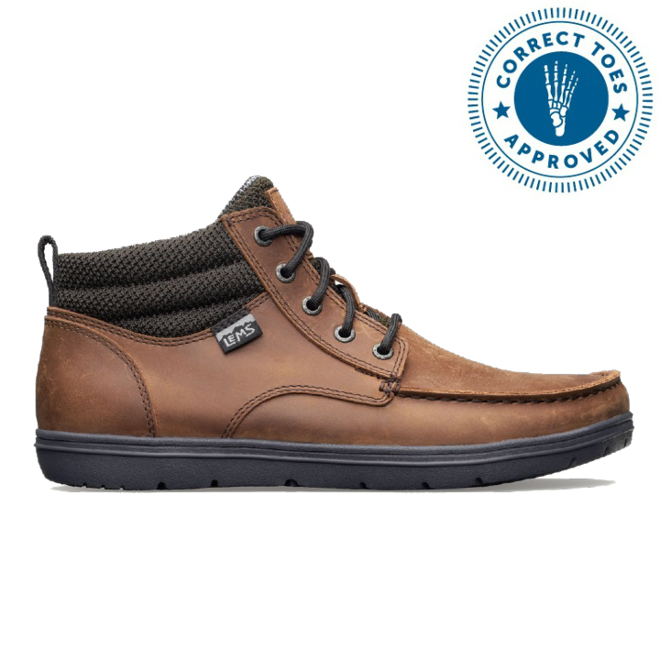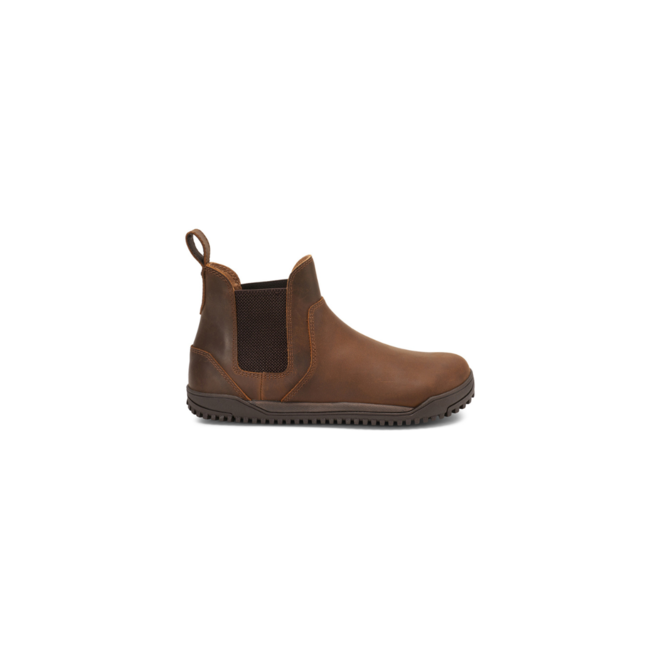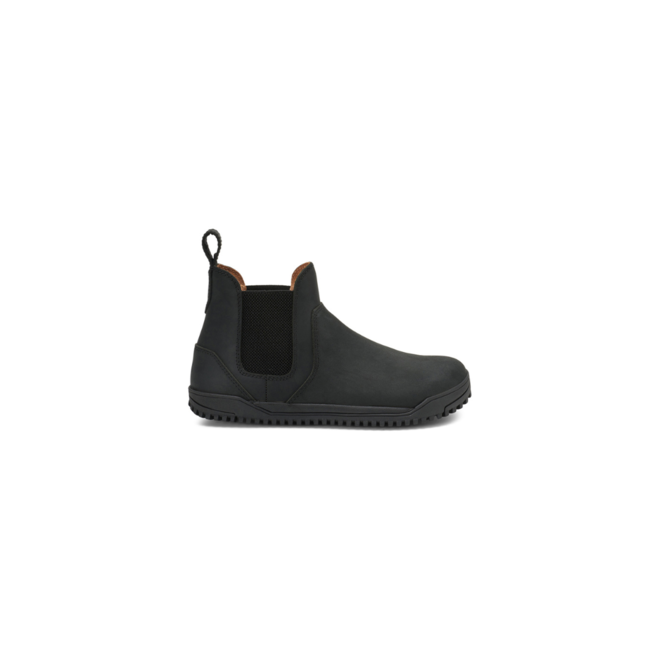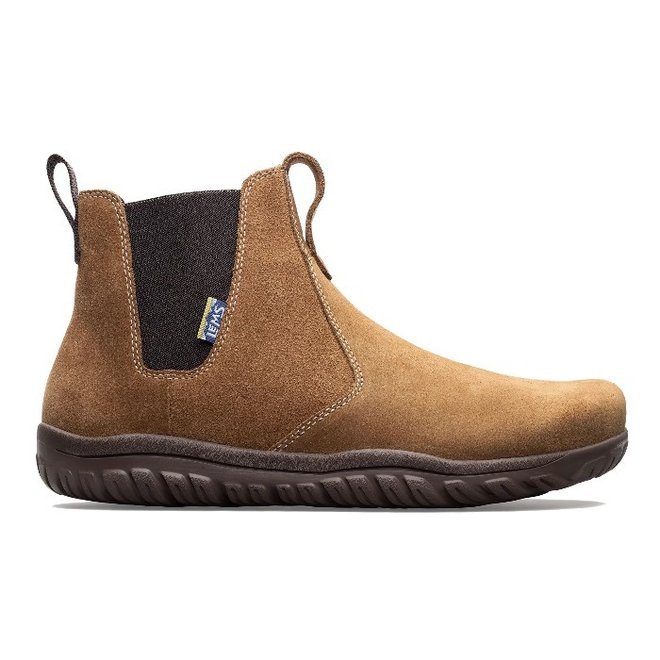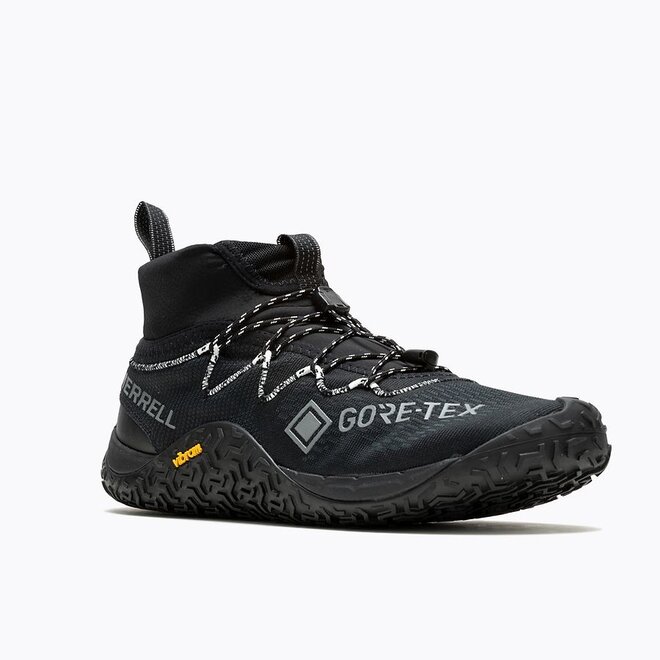Seen 120 of the 152 products
Show more articles
The good news is that most barefoot shoes are fairly all-round . This means that many models are suitable for occasional walking. However, if you want to do regular (long) hikes, then you better opt for a specific barefoot hiking shoe.
Which conditions should a good minimalist hiking shoe meet? That is for a large part personal. Below we give you a list of things you can keep in mind when choosing your new walking shoes.
High or low model? One of the characteristics of barefoot shoes is that they offer as little support as possible. This does not correspond at all to the classic image of the hiking shoe, where several brands (even for flat walks) already recommend a high shoe.
If you are used to barefoot shoes, your feet are usually a lot better trained than people who walk around on regular shoes. Also your ankles are in that case a lot stronger. A high shoe is therefore much less of a must. Yet many people prefer a higher model. This can be due to different reasons:
extra support for hiking with a backpackon a very uneven or muddy trail (although personally I prefer a lower shoe where your body can correct itself more actively) Mental : just the idea that you have extra support is for many people already a mental boost. And the human body remains something crazy. If you really think that it goes better in a certain way, the body will often behave that way.And for those who still can't choose, there are also the half-high models like the Joe Nimble WanderToes , XeroShoes Xcursion Fusion or the Vibram Fivefingers V-Trek that come up to just on the ankle.
Waterproof? This is also up for debate. A waterproof or water-repellent barefoot hiking shoe certainly has its advantages. Even if it's just to walk through the rain in the shopping street. But once you get off the paved road, the advantage can turn into a disadvantage. At that point you will encounter situations where the water, snow or mud will soon be higher than your waterproof barefoot shoe. This can cause water to run into your shoes along the ankle.
In such cases, Randy Sun's waterproof socks
Note: there is a big difference between waterproof and water-repellent. In most cases, a waterproof shoe has a waterproof membrane. This allows you to effectively stand in water without getting your feet wet. Water-repellent barefoot shoes have a water-repellent coating. This ensures that water is less likely to penetrate your shoe, thus keeping your feet dry for longer. However, water-repellent shoes will not allow you to stand in water, and snow will also usually be a problem.
Grip Of course, a barefoot hiking shoe must also provide you with sufficient grip. For this we look at the profile of the sole. In the case of the Lems Boulder Boot Vivobarefoot Tracker
Barefoot hiking shoe or barefoot trail shoe after all Finally, among the selected models you will also see some trailrunning shoes. With any trail shoe you can hike (but with not any hiking shoe you can do trailrunning). These shoes are rarely waterproof or water repellent. But as mentioned above, you can solve this problem with waterproof socks
Option: barefoot sandals And then there is a final fun option that is not always thought of: barefoot sandals. These sandals are also completely flat (zero drop), wide and flexible.



